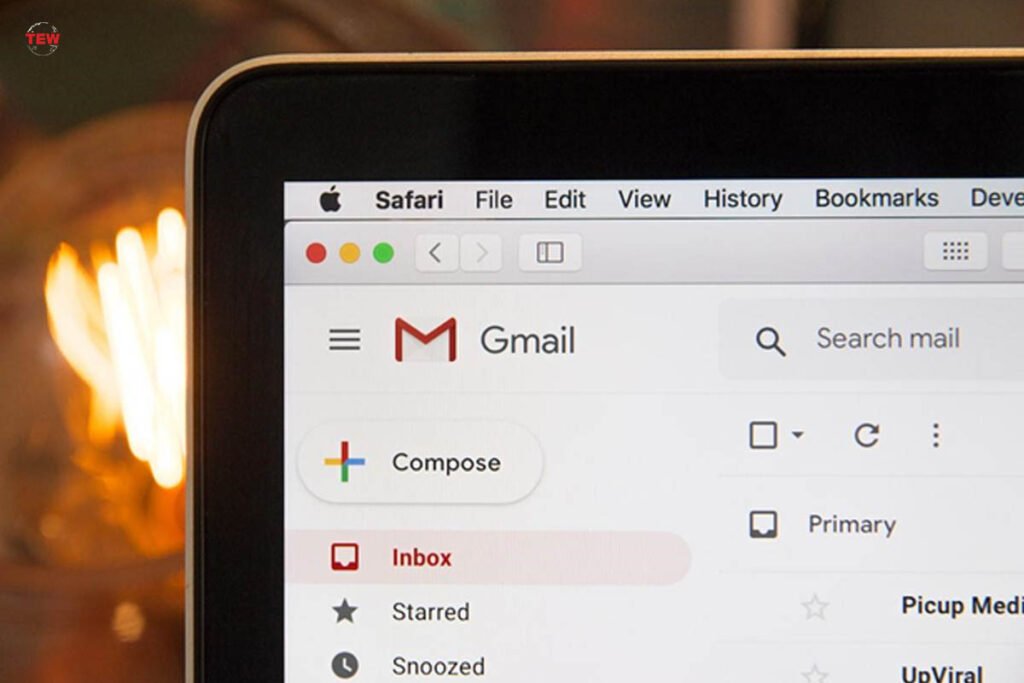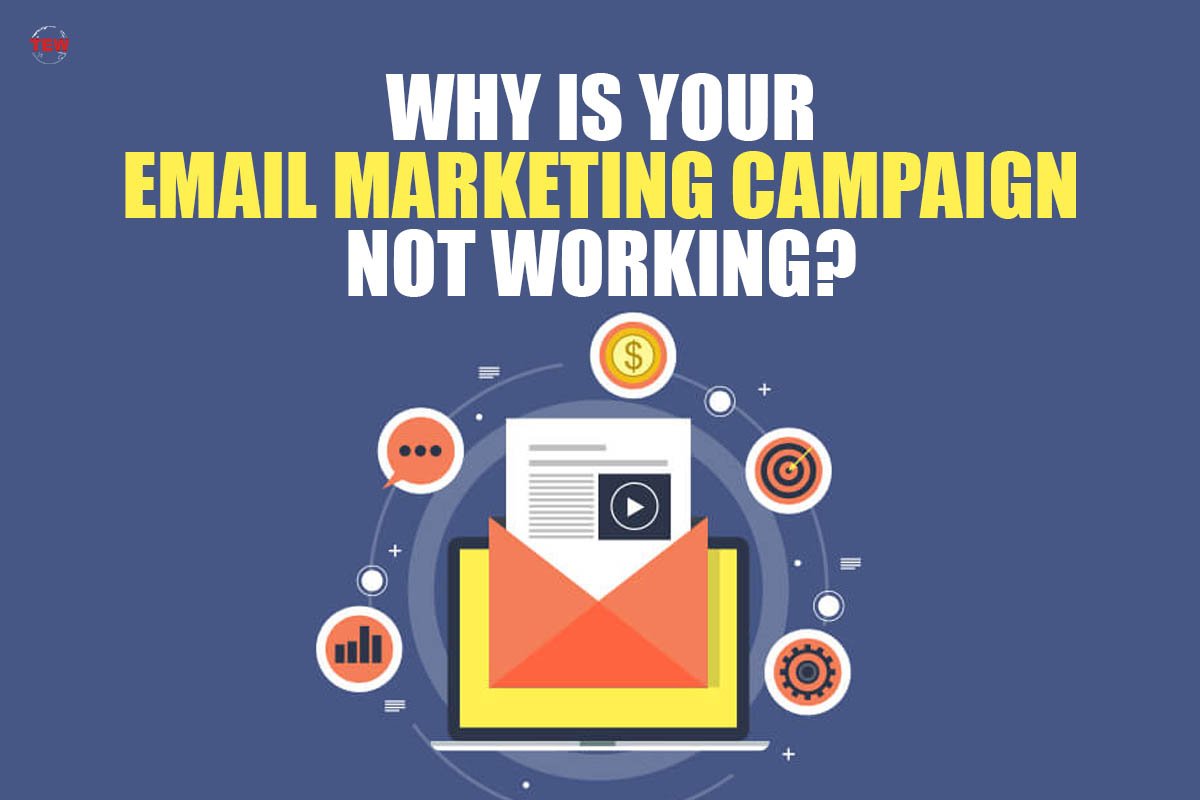For the business owner or business professional, Email Marketing Campaign is one of the most important tools in promoting and sustaining a company. The role of this classic marketing strategy has increased dramatically over the past few years, and it continues to be a popular method for companies to communicate directly with their customers.
If you want your message to stand out from all others, you may want to use custom creative content rather than just sticking with standard templates. This is especially significant if you work in such specific niches as cannabis, CBD products, or gambling, but all businesses have to keep that in mind.
If you’ve been doing Email Marketing Campaign for a while, chances are good that you’re sending out a lot of emails. And if you’re not getting the results you want from all that work and effort, it’s time to start asking why your email marketing campaign isn’t working. In this article, we will give a general overview of email marketing for those who are just starting out and discuss the most common email marketing issues that are better to avoid.
Why Should You Use Email Marketing?
Email Marketing Campaign is a method of delivering content to your target audience. Emails are sent to subscribers, who have signed up for your newsletter or another type of email list. It is a great way to stay in touch with your customers, build relationships, and drive sales. If you want to reach your audience in the most direct way possible, Email Marketing Campaign is your best bet.
Email can be as simple or complex as you like. You can send time-limited offers, build rapport with customers by sharing their stories, or even launch an online course that teaches people how they can benefit from what you have to offer them.
How to Start an Email Marketing Campaign?

Email Marketing Campaign is a complex process that entails different types of tasks, the main of which are forming an email list, creating efficient content for the campaign, and studying the results you receive over a set period of time. A popular choice among business owners is to delegate these tasks to companies that provide a complex service package in marketing, but some choose to do it themselves. Here are the main stages of this process.
Step 1. Create an Email List
The first step to Email Marketing Campaign is creating an email list. This can be done through a free signup form on your website. You can use an email service like Mailchimp or Constant Contact to automate this process. Also, using Klean Leads instead of Hunter.io is a better idea. It’s important not just to buy email lists, but rather encourage people who already have an interest in what you do (or products) to sign up themselves.
Make sure your sign-up form has something interesting in it, so customers will want to click through and enter their information into the form. For example: “Join our newsletter and receive discounts on products” or “Get updates from us” are some great options. If possible, offer some kind of incentive for signing up, such as a discount code or insider information about upcoming events/products etcetera.
Step 2. Create and Send Your First Campaign
Now that you’ve curated your first list, it’s time to create and send your Email Marketing Campaign. The purpose of sending your emails is not just to get people’s attention; it’s also about keeping them engaged and interested in what you have to say.
To do this, make sure that the content of each email is relevant. Don’t spam people with unnecessary information—focus on what matters most! You can use tools like Google Analytics (free) so that you know exactly which emails brought in response rates higher than normal.
Step 3. Analyze Your Results
The third step is to analyze your results and make improvements. It’s important to look at all aspects of your campaign, including:
- Email list data: How many new subscribers did you get in the last week? How many unsubscribes did you have? What are their demographics, did they take any actions?
- Email Marketing Campaign strategy: Did it work for this particular campaign? Why or why not? Are there other strategies that could be used instead (such as retargeting ads or push notifications), or perhaps combined with this one (such as using social media posts alongside emails)?
Seeing this data, you should be able to decide whether your strategy worked well or if there is something wrong that needs to be improved. It’s okay to not get perfect results after the first campaign, but it’s also important that your next one is better to keep your subscribers engaged.
The Most Common Reasons Behind Failed Email Marketing Campaign;

1. Too Many Emails
It’s a common mistake to think that more is better when it comes to email marketing. In reality, if people don’t want to receive messages from you on a regular basis, then there’s no way that sending more will help matters! So try not to send so many emails and start focusing on making each one valuable enough for recipients not only to read but also to act upon its contents.
If you’re having trouble determining the right number of letters to send, you can include a short survey in your next one asking the subscribers how often they would like to receive updates from you. This will both create more engagement and help you adjust your next campaign.
2. Wrong Timing
The best time to send an email depends on your audience and industry, but some general guidelines apply across the board. For example, if you have a B2B company and are selling software or services that concern training or education, it makes sense that early morning hours would be best for sending out emails.
Similarly, if you’re an e-commerce store selling clothing or other items, then late-evening hours may work better since this is when most people will be home from work/school/etc.
3. Not Reaching Your Audience
It’s a common mistake to assume that because you’ve sent out an email, your customers are receiving it. In fact, you may not be reaching your audience in the first place. The average deliverability rate among the most popular Email Marketing Campaign tools is about 84%, which means that approximately 16% of letters get into the spam section or are lost completely.
To ensure that your emails reach as many people as possible and don’t get caught in spam filters, you can try to increase the subscriber list size. The more subscribers there are on a given domain name, the better chance there is that its messages will make it through inboxes without being flagged as spam. Plus, you should get permission from current customers/leads before sending them any further communications about new products/services offerings, etc.
4. Long Texts
Email length is a subjective topic. What’s too long for one person may be just right for another. The average email length is between 300 and 500 words; the average subject line length is between 30 and 60 characters.
You should choose the right email length according to your content and what you want the user to do. However, don’t put a long article right into the email. It’s better to go with compelling descriptions and calls to action that will make the reader visit your website.
5. Poorly Written Subject Lines
Your email may end up in the spam folder if it has a weak subject line. If it isn’t interesting enough, readers might delete it before it is even opened.
In order to get the most out of your marketing campaign, you need to make sure that you’re including a call to action in each email and subject line, if possible. A call-to-action (CTA) is an instruction that prompts people who receive your emails to take some kind of action.
The best CTAs are those that provide an incentive for the user. You can also provide multiple types of incentives, so they can pick whichever one appeals most. Here are good examples of effective CTAs in subject lines:
- You haven’t finished your order. Buy now and save 25%.
- Take a look at this brand-new item that will make cleaning your house simpler.
6. A Lack of Compelling Content
You need to send emails with useful information, like recipes and tips for the season, or even just fun facts about your brand and products. Your audience will appreciate the personal touch you’re giving them by sharing this kind of information with them.
If someone has bought from you before, you can send them letters with tips or information about that product and possible recommendations. If they haven’t made an order yet but are considering it, send them an email reminding them about the products they looked through!
A good idea would be to look into what kind of content will help make your message memorable: relevant subject lines and messages, appropriate images and graphics, or personalized greetings could all work well together (although not necessarily all at once).
7. Wrong Type of Content
Sending the wrong content is a common mistake, but one that can easily be avoided. You want your emails to be interesting and engaging so that people will want to read them. To achieve this, you have to know your audience and include the information that will be useful to them, and then adjust the content according to the campaign results.

Remember that although many people may unsubscribe, you can ask them how best you can contact them in the future.
To Sum up
We hope this article has helped you to understand how to build a successful Email Marketing Campaign strategy. The most important things to remember are the number and the timing of your letters, the type and length of the content you send, and the style of your subject lines. Consider these factors when building your next campaign.




